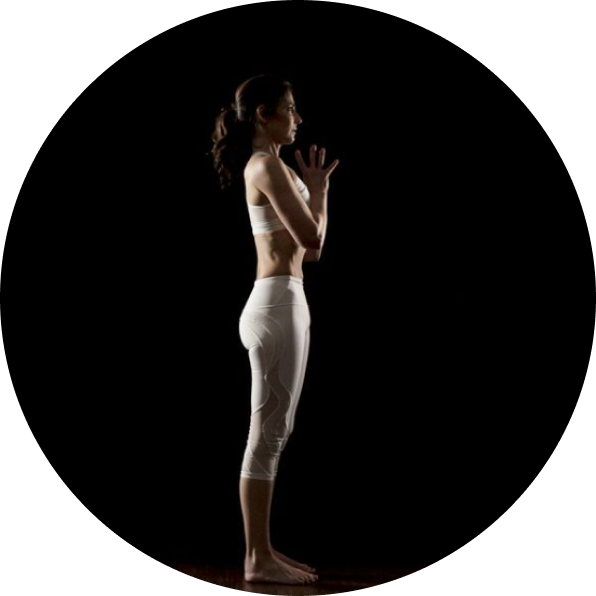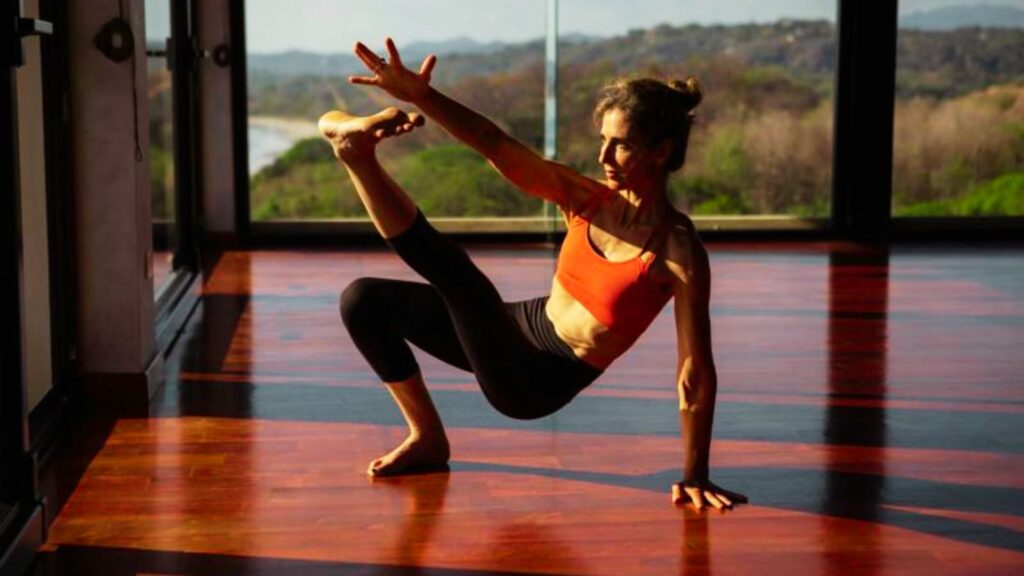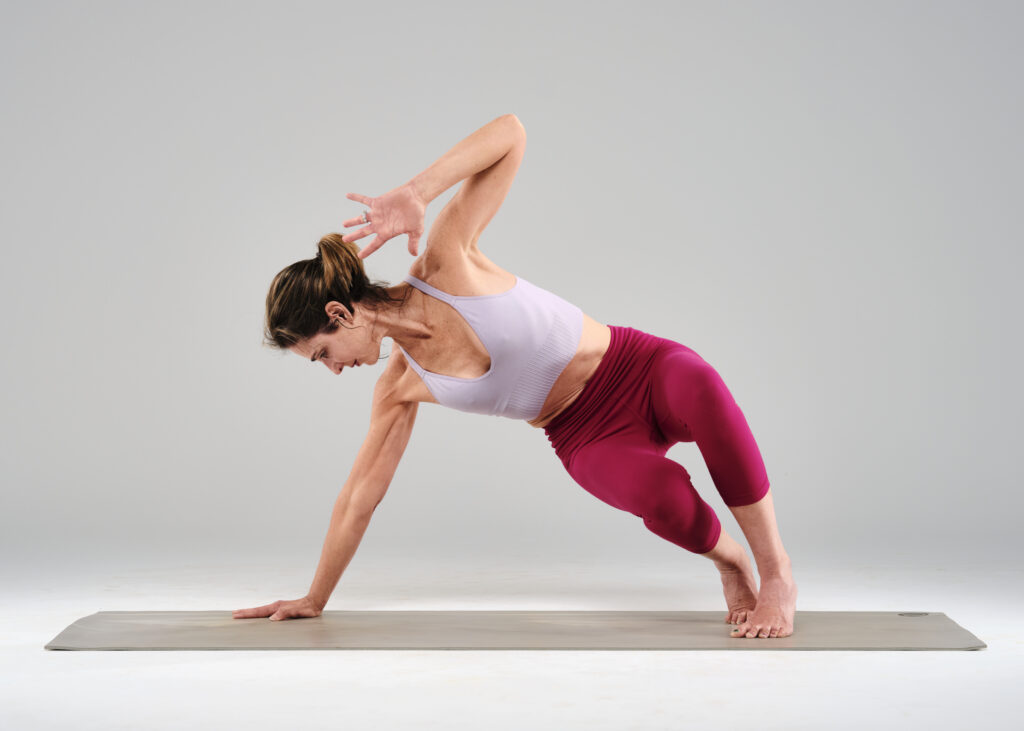So much of yoga as it presents itself online and in our day-to-day life takes the form of meditation or physical practice. We digest info online in a mere 30 seconds and then move on. Although this helps with the equity and transmission of information, foundational concepts are often lost in translation. So enters one of my favorite practices: uddiyana bandha
Bandha literally means ‘lock’ in Sanskrit and refers to how one can direct energy in the body while counteracting the downward force of gravity. Uddiyana bandha is also known as the ‘false breath’. In other schools of movement and thought, it is known as an ‘abdominal vacuum’, ‘hypopressive’, or ‘apnea’. This technique can be done in static postures and meditation but can be incorporated into asanas in more advanced practices.
To perform the bandha, following an exhale, the practitioner will take a ‘false breath’ or swallow. The rib cage will open, the belly button will lift and the abdomen will be hollow. More often than not, this practice is performed incorrectly as folks will try to hollow the belly by engaging their external obliques. However, this strategy winds up pressurizing down into the pelvic floor and energy is ultimately lost – thus counteracting the intention of the bandha itself.
So, why is this helpful, and how does it impact my core health?
The three diaphragms
Think about the triple ‘S’ in LYT – skull, scapular, and sacral alignment. We know that this alignment is an upright posture. In order to perform uddiyana bandha correctly, the vocal, thoracic, and pelvic diaphragms need to be aligned. If they are not, abnormal tensioning in the trunk will inhibit the upward flow of energy. This will result in other areas of the body being tensioned which can contribute to abnormal movement patterns and strategies.
Moreover, uddiyana bandha is a diaphragm stretch. The diaphragm is a dome-shaped muscle and cannot be stretched across a joint because it does not have one! It can only be stretched by a change in pressure. The diaphragm gets tight when the body is demanding it work as a postural muscle. This occurs when the body is unable to manage pressure across the three diaphragms and adapts by loading the diaphragm abnormally to control spinal movement.
Fascial mobilization
Uddiyana bandha creates an upward lift of the abdominal and pelvic fascia, effecting a fascial mobilization unto the tissue. This is helpful if there is tightness and/or scarring in the abdomen. The more the tissues in the abdomen can move, the better able they will be to stabilize the spine and coordinate together to provide structure and stability to the trunk.
Are there safety concerns with uddiyana bandha?
People with the below conditions/statuses should not do the uddiyana bandha:
- Pregnant and recently postpartum clients
- Recent abdominal surgery
- Hiatal hernia
- Uncontrolled blood pressure
- Cardiovascular issues
- Respiratory syndromes





